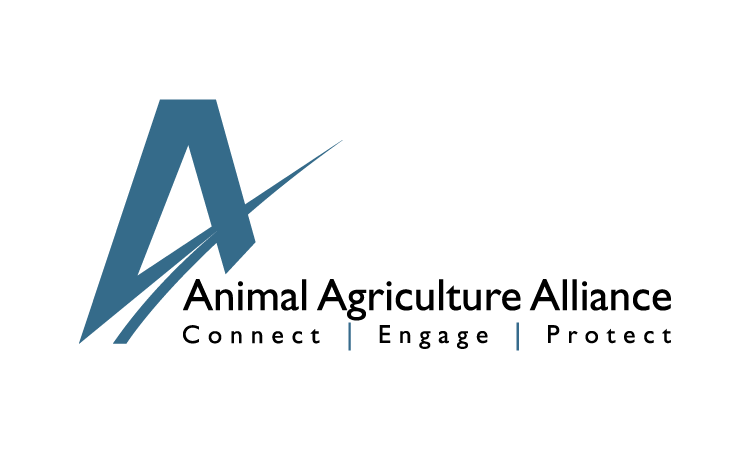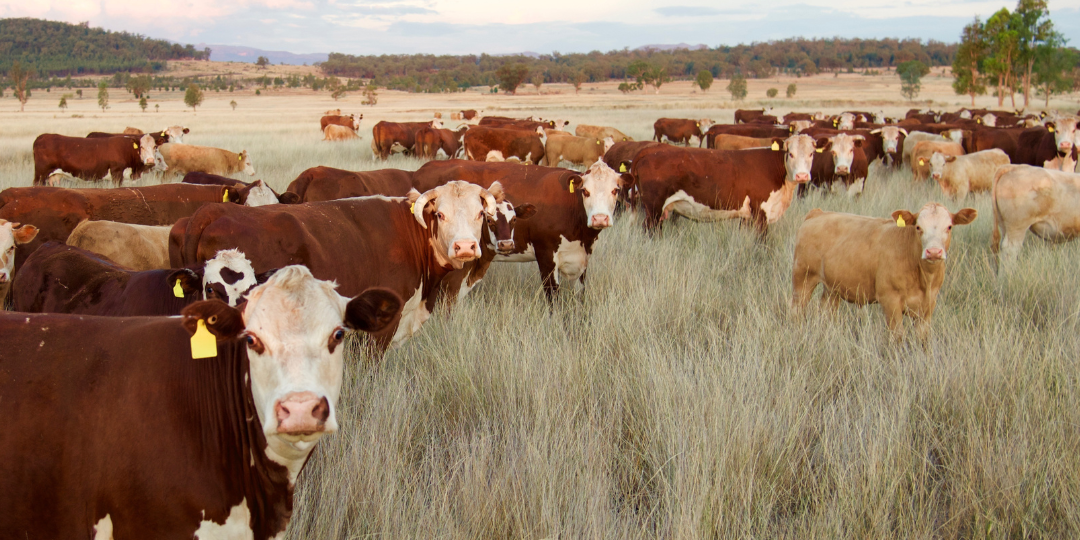We are entering an age where consumers are more label-conscious than ever before. Consumers care about what they put into their bodies and where products come from. In this era heavily influenced by social media, we can easily find information, but we can also be just as easily misled. With countless influencers promoting different diets as the best option, our understanding of what is “good” and “bad” for our health changes frequently. Beef labels such as grass-fed, grain-fed, and grain-finished are often seen in grocery stores, but do we truly understand what they mean beyond what we hear online?
How it starts
Before we jump into the different types of labels on beef products, it’s important to understand where the journey typically begins. The majority of cattle start out the same, born in pastures and consume milk until they reach a certain age when they are able to start consuming grass or forage. Forages are a staple of cattle diets and are crucial for their unique digestive system.
Once cattle reach a certain age or weight, they enter a “finishing” period, during which they can either be grass-finished or grain-finished. Both finishing methods have trade-offs, so it really comes down to personal preference! Now, let’s jump into the different types of labels…
Grass-fed and grass-finished
Grass-fed is the most common label we see on beef packaging today. Grass-fed indicates that cattle were raised on grass at some point in their life, but not necessarily in its entirety. According to the United States Department of Agriculture, beef is considered “grass-fed” if the animal spent at least half of its life raised on pasture.
Grass-finished beef is what most people are looking for when seeking out grass-fed labels or leaner beef. This means that they were fed grass for the entirety of their lives.
It has been found that grass-fed and grass-finished beef is “generally leaner than beef from cattle that were fed grain.” However, no matter the label, there are lean beef options to fit into a healthy lifestyle!
Grain-fed and grain-finished
Grain-fed beef comes from cattle that were fed grain rations at some point in their lives, but not necessarily in its entirety. This means they still could have spent the majority of their life grazing on various forages.
Grain-finished beef refers to cattle that are more specifically fed rations of grain-based energy during their finishing period. Similar to grain-fed, this still means that the cattle could have been raised on pasture up until their finishing period.
Quality differences for grain-based beef are seen in USDA grading aspects. Beef is graded based on marbling, which impacts tenderness, juiciness, and flavor, as well as yield grades for the amount of usable lean meat on the carcass. According to USDA, “Beef from grain-fed cattle often reaches the highest quality categories of (in descending order) Prime, Choice, and Select.”
Decoding Beef Labels
Understanding beef labels is crucial for making informed purchasing decisions, especially in a marketplace where marketing terms can be misleading. Terms like grass-fed, grass-finished, grain-fed, and grain-finished refer to different feeding practices, each with its own implications for nutrition, taste, and production methods. It’s important to remember, no matter the label you choose to purchase, animal welfare is a priority for all cattle farmers and ranchers – and many voluntarily participate in animal welfare programs like the Beef Quality Assurance program. This ensures a humanely raised animal and a beef product you can feel good about.
The key takeaway is that labels alone do not provide the complete picture. Doing your own research and understanding what these terms really mean can help you make the best choice based on your personal values and dietary preferences. Whether you prioritize leaner beef, marbling, and flavor, or specific production practices, being an informed consumer enables you to navigate the meat aisle with confidence.
To learn more about how beef cattle are raised, visit Beef. It’s What’s For Dinner.
All posts are the opinion of the author and do not necessarily represent the view of the Animal Ag Alliance.







